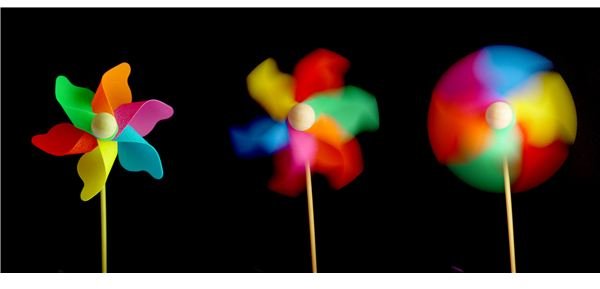High Speed Photography Made Easy
Did you struggle with your digital camera to catch your son’s action when he hit the perfect goal or to capture the splendid colors of an Oriole as it spread its wings for a flight? Taking photos of moving things and fast action is tough, because at times you’re trying to capture something that even the human eye fails to process. But if you know how to set your camera and how to time and focus your shots you can freeze something as fast as a bursting balloon or a fast moving bullet train. High speed photography is tough, but we’ll try to make it simpler for you.
Gearing Up for Fast Action Photography
High speed or fast action photography can be of two types – one where the shooting environment is controlled and the action can be timed and the second one where there is no way the photographer can control or time the action. For instance, if you want to capture a bursting water filled balloon or a bullet passing through a wine glass, you are at an advantage as you have ample time to set up the scene, tweak the camera settings and lighting, and even select the time for the action. However, when you’re trying to take photos at a soccer game or of wild life in action, things are different – you cannot control the environment or time the action to suit your convenience. Thus, there are two different techniques you will need to master. Nonetheless, some of the ground rules remain the same for both these types of high speed photography.
High Shutter Speed
Shutter speed is the time for which the shutter will remain open, so if you want to capture something moving really fast without letting the motion blur spoil your photo, the simplest thing you can do is to raise the shutter speed. Take a look at this image, which has three pictures of the same moving subject with three different shutter speeds. The one on the extreme left is taken using a high shutter speed, while the ones to the right are taken at lower shutter speeds. So, when you increase the shutter speed, the motion blur disappears and you have a crisp frozen shot of the action.
Here’s another image of a running dog, it’s taken with a shutter speed of 1/400th of a second which does a fair job of cutting out the motion blur.
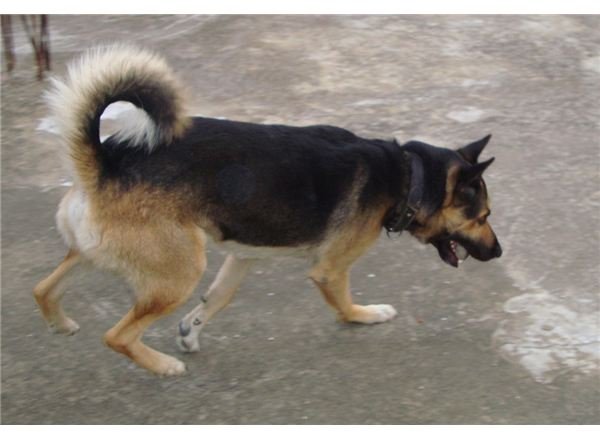
How much to increase the shutter speeds will depend on the speed of the action. Here’s some approximate data on what shutter speed is needed for different types of scenes:
- A playing child or pet – 1/250th of a second
- Soccer player kicking the ball – 1/500th of a second
- Running or splashing water – 1/1000th of a second
- A train moving at 100 miles an hour – 1/2500th of a second
- A bursting balloon or a moving bullet – 1/6000th of a second
This list is just to give you some idea of how the shutter speed should vary depending on the speed of the action. To find the right shutter speed for the scene you’re trying to capture, you’ll have to experiment a bit.
Increase the ISO
ISO is a camera’s sensitivity to light, and since we’re drastically cutting down on the exposure time, it’s just fair to increase the ISO a little. For most fast action scenes you can easily push it up to 200 without any noticeable damage to the image quality, and high quality digital cameras may be able to do even better. If you feel you want to increase it beyond 200, do take some test shots to be sure the images aren’t too noisy.
Increase the Aperture
To get good photos of fast action, you need to set the camera’s aperture to f-8 or more. If you’re working with manual settings then you must set the f-stops in the range of 8-22, depending on the speed of the action. A higher f-stop is needed to enjoy a good depth of field that usually shrinks with high shutter speeds. However, for the beginners the smarter way around is to choose the shutter priority mode and set the shutter speed only, and let the camera decide on the aperture settings.
Burst Mode
Unless you’re equipped with an electronic trigger and a properly set studio, setting your digital camera on the burst mode is the only way to capture the critical points during an action. Also, this may be the only option for our friends who carry basic digital cameras that don’t support manual or shutter priority modes. In such cases, it’s best to put the camera on sports mode and select the burst option. Another trick to get your camera to select a higher shutter speed and higher f-stop is to point the camera towards a bright source of light and half-press the shutter to set the frame. With the shutter still half pressed move it to where the action is happening and press the shutter fully. But remember, this trick has a limited scope as you need to keep the flash on for it to work. And your camera won’t support the burst mode with the flash on. Still, it’s definitely worth a try. Just take a look at the photos below – these are taken using this trick with a basic digital camera.
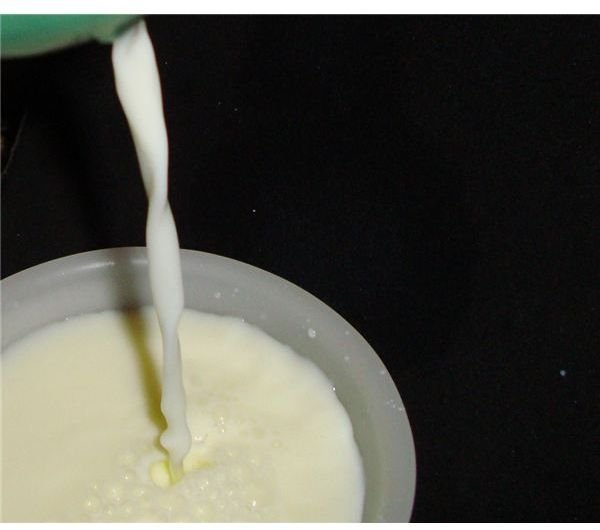


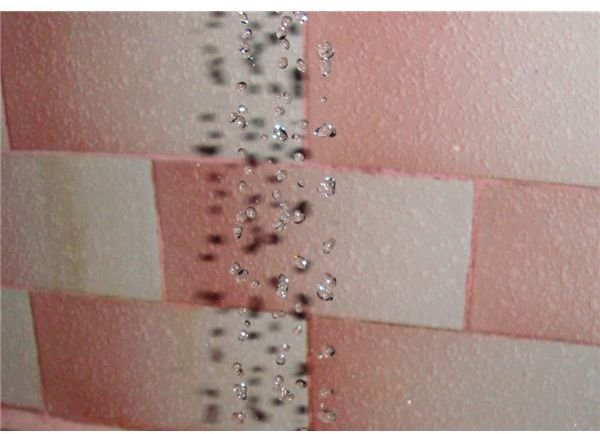
Some Example Photos Capturing High Speed Action
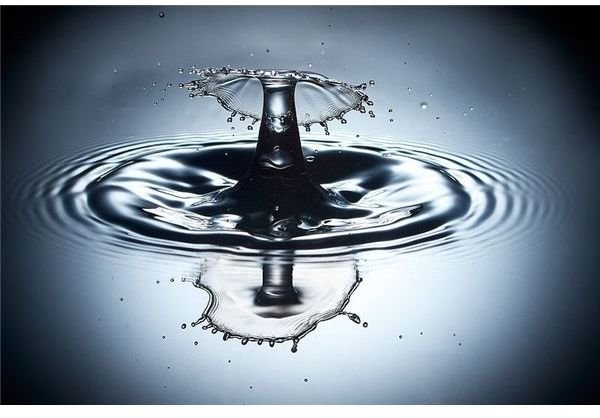
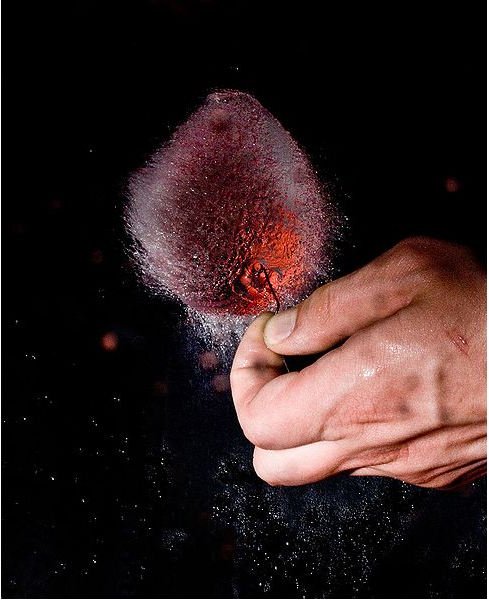
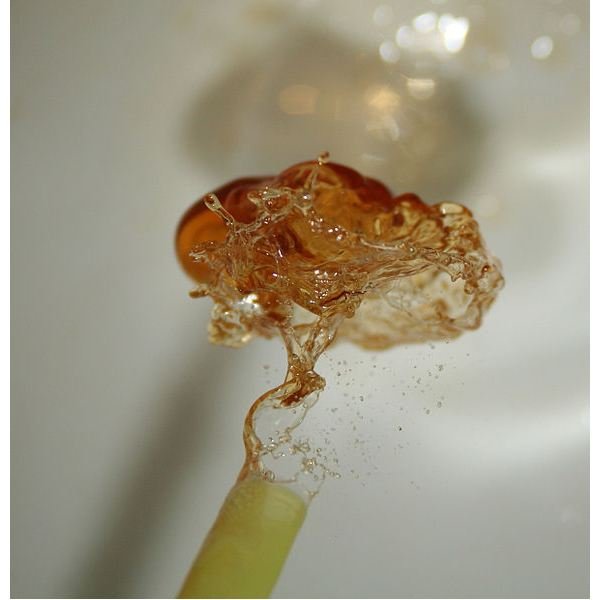

Some Ideas to Get Started
Before we end this article, we’d like to leave you with some ideas or rather challenges that you can use to experiment with and hone your high speed photography skills.
- Bird catching an insect in mid air,
- A ball hitting the pins at a bowling alley
- Balls moving on a billiards or pool table,
- A lemon or slice of apple dropped into a glass of water,
- Putting a drop of ink in a glass filled with water,
- The tires of a moving vehicle,
- Bursting of a water filled balloon,
- The splashing of water when a stone is thrown into a pond,
- A falling object such as a cup of coffee or a glass of wine crashing on the ground,
- Water coming out of a shower, or
- A dog jumping in the air to catch a treat,
These are just a few ideas to get you started; once you’re at it you will automatically come up with many more ideas of your own.
References & Credits:
In addition to the author’s personal experience and knowledge the article has been supplemented with information from:
- https://www.smashingapps.com/2010/01/17/40-stunning-examples-of-high-speed-photography.html
- https://www.diyphotography.net/diy_high_speed_photography_at_home
- https://electronics.howstuffworks.com/high-speed-photography.htm
Image Credits:
- Water Drop Collision - Julian Evil/WikiMediaCommons
- Windflower at Different Shutter Speeds – Nevit Dilmen/WikiMediaCommons
- Bursting Water Balloon - Bcjordan/WikiMediaCommons
- Coffee Blown Out of a Straw - Henningklevjer/WikiMediaCommons
- Wine Glass Splash - Philip Serracino Inglott/WikiMediaCommons
- Running Dog, Pouring Milk into a Bowl, Water Dripping From a Tap,Water Drops Frozen in Air, Drops of Milk Falling into a Bowl – By Author
